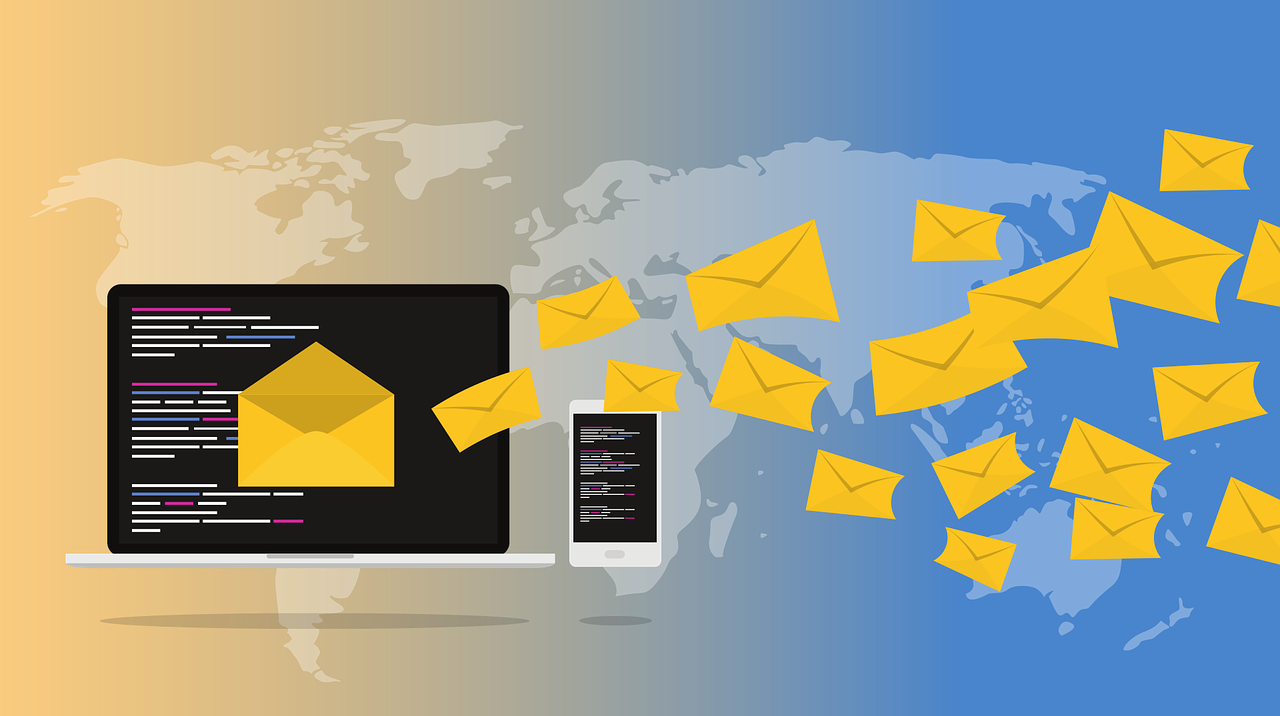Since the first electronic mail (email) was sent in 1971, marketers have been looking for ways to optimize the channel to reach prospects and customers more effectively and efficiently. One of the most common – and effective – forms of regular email communication is in the form of a company newsletter. While hardly new or sexy, email newsletters are still a digital marketing stalwart and should be used to nurture relationships with your brand’s constituents. In this three-part series, we outline best practices for building, marketing and measuring an effective email newsletter.
Compelling numbers
Email marketing continues to prove itself as an effective sales and marketing tool. Brands of all shapes and sizes can benefit from leveraging existing marketing technology (martech) platforms to develop an email newsletter to reach out to past, current and prospective customers. The following article provides a road map to create an effective email newsletter program based on proven best practices, with a focus on strategic planning and competitive benchmarking.
For starters, email is still the most important source of information, particularly at the start of every day. According to OptinMonster, 58% of consumers check email before any other information channel, including social media.
Here are five additional compelling email marketing statistics to frame up the need and value of an email newsletter.
- For every $1 you spend on email marketing, you can expect an average return of $40. That is a 40x ROI. (Litmus)
- 18% of companies achieve email marketing ROI greater than $70 per $1 invested. (OptinMonster)
- 60% of consumers have completed a purchase after receiving a marketing message by email. (Porch Group Media)
- 42.3% of Americans subscribe to email lists to receive savings and discounts. (OptinMonster)
- 1 in 3 US retail email list subscribers have purchased something from the brand whose emails they receive. (OptinMonster)
Define your goals, objectives and audience
The first step in the development of an effective email newsletter is to map the program to existing sales and marketing goals. Newsletters are highly effective in moving interested parties (mid-funnel) to conversion (bottom of funnel), over time. As a result, sales and marketing should be in alignment regarding objectives ranging from content to calls-to-action. When determining and clarifying the objective(s) for your email newsletter program, consider sales, marketing and business goals.
Prioritizing target audiences also is a critical step in the planning phase. While the primary focus should be on past, present and future customers, there are other constituents that should be considered. These audiences may include current employees, investors, partners, the press and the local community. Each audience has unique needs and wants, so focus initial efforts on hitting the sweet spot (i.e., shared areas of interest like company news).
With a defined objective – or objectives – ensure you can associate the objective(s) with measurable goals. For a holistic view of the newsletter program efficacy, consider tracking the following KPIs in a dashboard:
- Email list growth (month-over-month)
- Open/read rate (trending percentage)
- Click-thru rate (to all or specific targeted website content)
- Quantity/quality of conversions (inquiries, form fills, phone calls, walk-ins, etc.)
- Bound and unsubscribe rates
Analyze competitors to inform newsletter strategy
Whether you are starting with a clean slate or looking to refine an existing newsletter program, one key data point to consider is competitors. Your competition can provide essential insights into what they believe customers want and can inform if not refine your newsletter design and content strategy. As a result, the first step in the competitive benchmarking process is to identify competitors with email newsletters and subscribe to as many as you feel are prudent. (I suggest at least five or six.)
Once competitor emails arrive in your inbox, analyze the newsletter’s strengths and weaknesses. Here are four criteria to consider evaluating as you review competitors’ newsletters:
Content: Assess value proposition, clarity, segmentation, personalization and engagement strategies. What content is of high value and should be included in your newsletter? Which content misses the mark and should be ignored?
Design: Evaluate visual appeal, mobile responsiveness, branding consistency and user experience. Since design is highly subjective, I recommend asking a handful of industry peers to provide their feedback (customers are ideal – as they are typically the target audience). What looks good to you may not appeal to a prospective customer. The objective elements of a newsletter design are easier to assess, however: all newsletters should look good on a mobile device, for example.
Delivery: Analyze subject lines, segmentation and/or personalization elements. Do the competitors’ subject lines intrigue you, your fellow coworkers or peers? Are the newsletters personalized in any way? This step may require the use of multiple email addresses and profiles to verify.
Performance: Look for unsubscribe rates, open rates, click-through rates and trackable elements (this may be exceedingly difficult if not impossible, based on the newsletter platform). One element of performance that can be evaluated is whitelist status (whether the emails are getting through to your inbox – vs trapped in the junk or spam folder).
Frequency and timing: Assess competitor email frequency and send times (factoring in industry best practices and research, included below). For example, if your competitors are sending emails near the start of the month, consider sending your email mid-month. According to MailerLite, the best time to send an email newsletter is between 9 a.m, to 10 am and 11 am and noon on Mondays and Thursdays (although this is a moving target).
With clear goals, target audience definition and insights from a competitive benchmark, your email newsletter is ready to take shape. In part two of the three-part series, we will address email newsletter template design and how to build your contact list to maximize the ROI of your investment.
Tune in next week for part 2: Template design and marketing best practices
